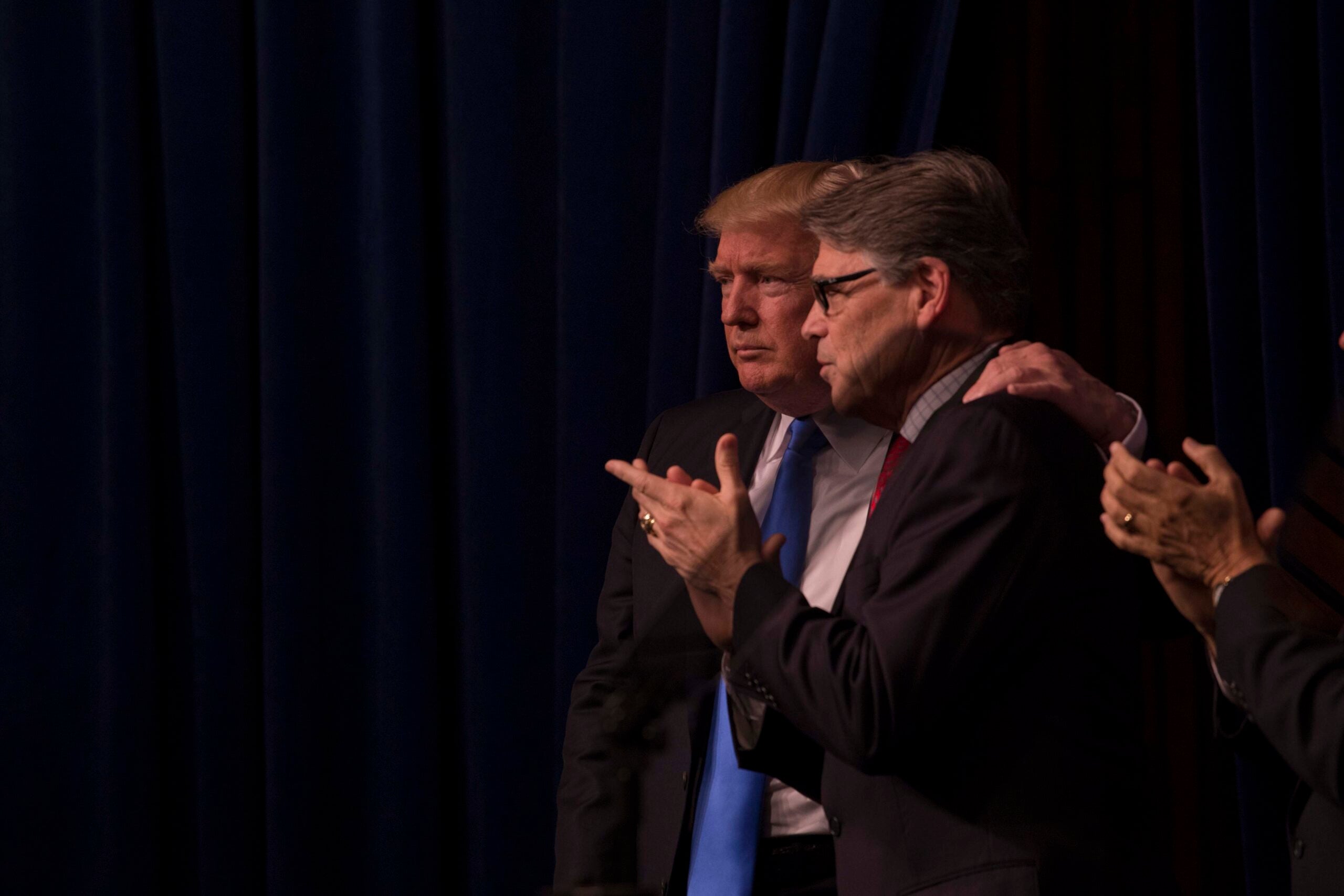A Government Agency Just Killed the Trump Administration’s Coal Bailout Scheme
The Federal Energy Regulatory Commission didn't buy the Department of Energy's claim that we need coal around "just in case."

This page was published 7 years ago. Find the latest on Earthjustice’s work.
This week the Federal Energy Regulatory Commission rejected a Department of Energy proposal that blatantly propped up aging coal and nuclear plants. But while FERC’s decision is the end of the road for this Trump administration-backed bailout, it is not the end of the bigger battle to ensure fair market rules for clean energy.
If FERC—the government agency that regulates the energy market—had approved this proposal, out-of-date coal and nuclear plants that are not financially viable and are polluting our environment would have received subsidies to stay open. The Department of Energy argued that if FERC didn’t give these plants special treatment, they would shut down and put the “resilience” of the power grid at risk. Importantly, while the department is run by officials who can be fired if they don’t back the administration agenda, FERC is designed to be independent from direct political influence.
There are not yet clear metrics defining what makes the power system more resilient, making it easy for DOE and various coal interests to claim without evidence that we need coal around “just in case.”
But there was one important hiccup in the Department of Energy’s plan: FERC, not the Department, had to approve it. And FERC, echoing comments Earthjustice submitted on behalf of a coalition of environmental groups, unanimously rejected the proposed coal bailout as illegal and unjustified. All five FERC commissioners – a majority of whom are Trump appointees – found no evidence that the retirement of non-competitive coal plants poses a threat to the grid and concluded they had “no choice” but to kill the proposal.
In a separate process, FERC is considering other ways to improve grid resilience, which measures the power system’s ability to withstand unexpected events like extreme weather and recover quickly. FERC’s order rejecting the bailout contained several positive signs about how it’s conducting that inquiry:
Decide what counts first. Based on FERC’s order, we know the agency is starting its work by asking a long list of open-ended questions about how to track resilience, a discussion that may lead to an objective standard. This is important because if consumers are going to be asked to pay more for their power, they should know they are getting measurably better services in return.
If it ain’t broke… FERC doesn’t just assume that the grid needs fixing. The past year brought historic billion-dollar extreme weather events and climate disaster, but our power system still performed pretty well overall. It may be that there are pockets where improvements need to be made (certainly, Puerto Rico’s lack of power is a tragedy that demands our support), but FERC has not predetermined a national approach.
More than a hammer in the toolbox. Whereas the Department of Energy believed all threats to the grid could be solved by keeping power plants stocked with on-site fuel supplies , FERC recognizes that there are usually multiple tools at its disposal to address a problem.
Clean energy can help. Two concurring opinions from FERC note that the many new technologies meeting our energy needs have strengthened, not undercut, resilience of the system. Renewables, distributed energy, microgrids, storage and other technologies’ contribution to resilience in the face of disaster should not be ignored. (We said a lot about this in our comments to FERC, including a long list of studies that say so in Appendix B.)
These positive signals do not mean that entrenched industry interests won’t try to use this FERC investigation to their advantage. Earthjustice will remain fully engaged in the process to ensure any changes that emerge from it don’t reverse our progress in the fight for a cleaner, lower-cost, and more climate friendly energy grid.
The Department of Energy, on the other hand, appears to remain focused on giving a handout to coal interests. In December, when FERC asked for an extension of time to consider the proposal, Secretary of Energy Rick Perry responded ominously that “The Department will continue to examine all options within my authority” and claimed that delay would leave the grid at risk. Meanwhile, news of undisclosed meetings between Perry’s staff and coal executives asking for regulatory favors continues to emerge.
Fortunately, there are few legal means by which the Department of Energy can bail out coal plants directly. The Department could issue a new proposal that would have to be reviewed by FERC, but there’s little reason to expect a different result on a second try. It could reach for an archaic provision of the Federal Power Act that gives it emergency powers to order plants to keep running (rarely used and intended for unusual circumstances, like war and lightning strikes), but such a move would be a gross misuse of the law’s purpose and contradict FERC’s view that retiring coal plants is not a threat to the grid.
Whatever move comes next in the Trump administration’s misguided agenda to bail out coal executives, Earthjustice is on the case.
Earthjustice’s Clean Energy Program uses the power of the law and the strength of partnership to accelerate the transition to 100% clean energy.